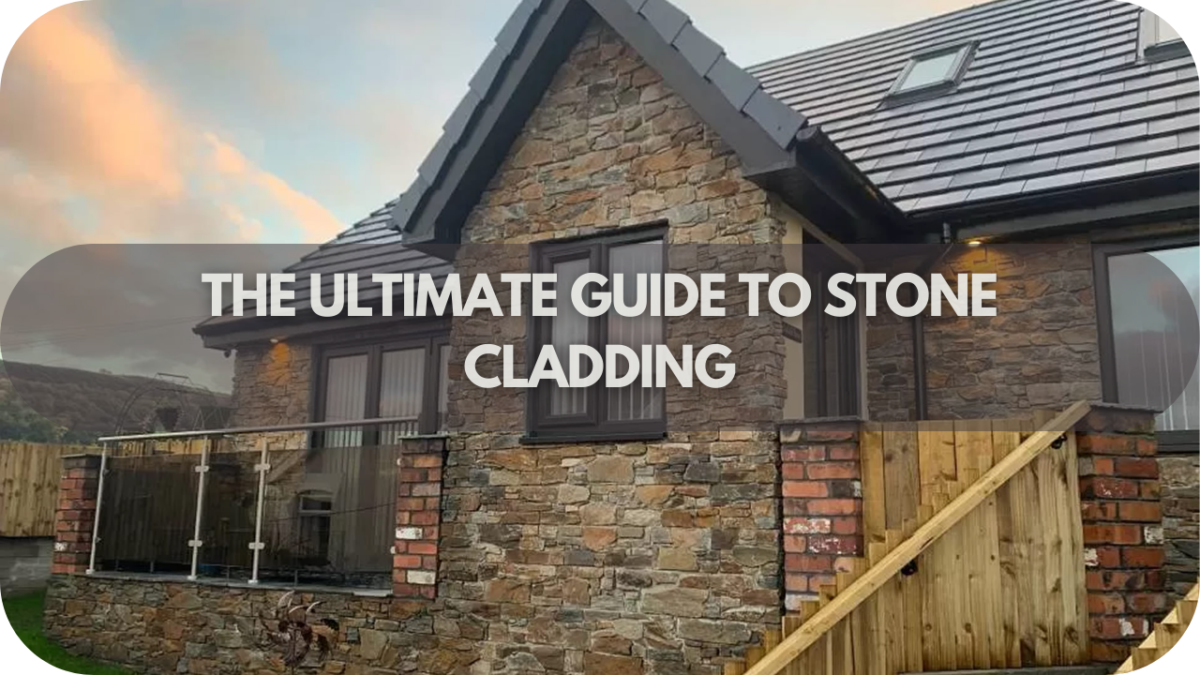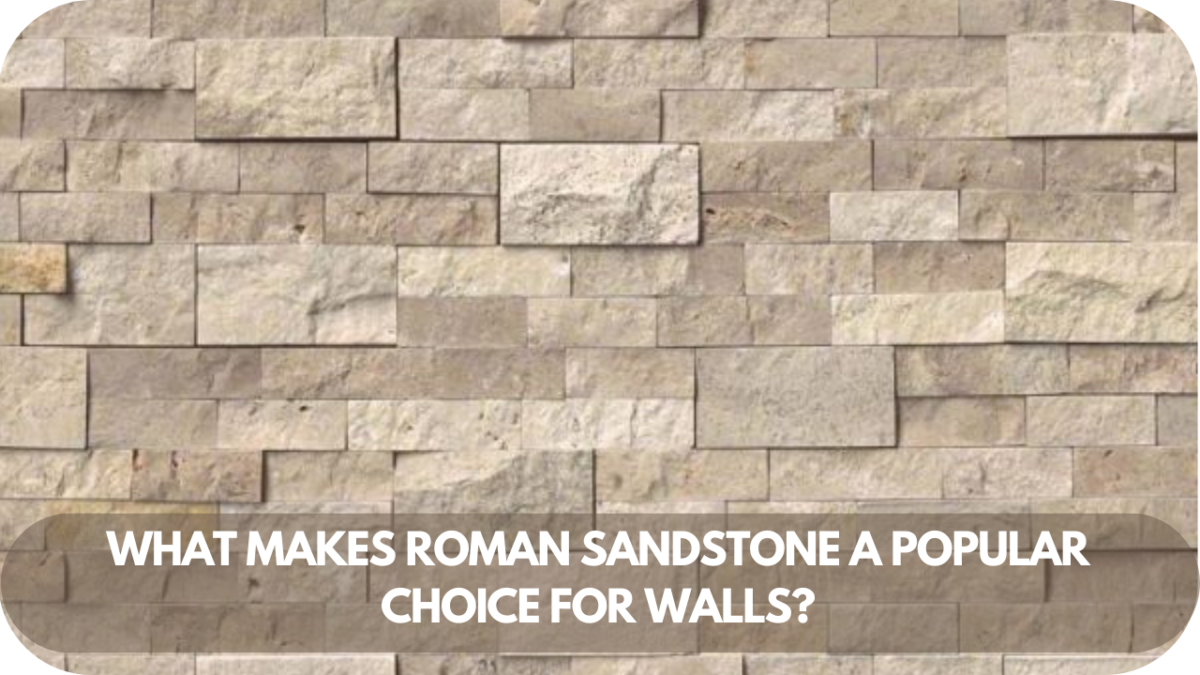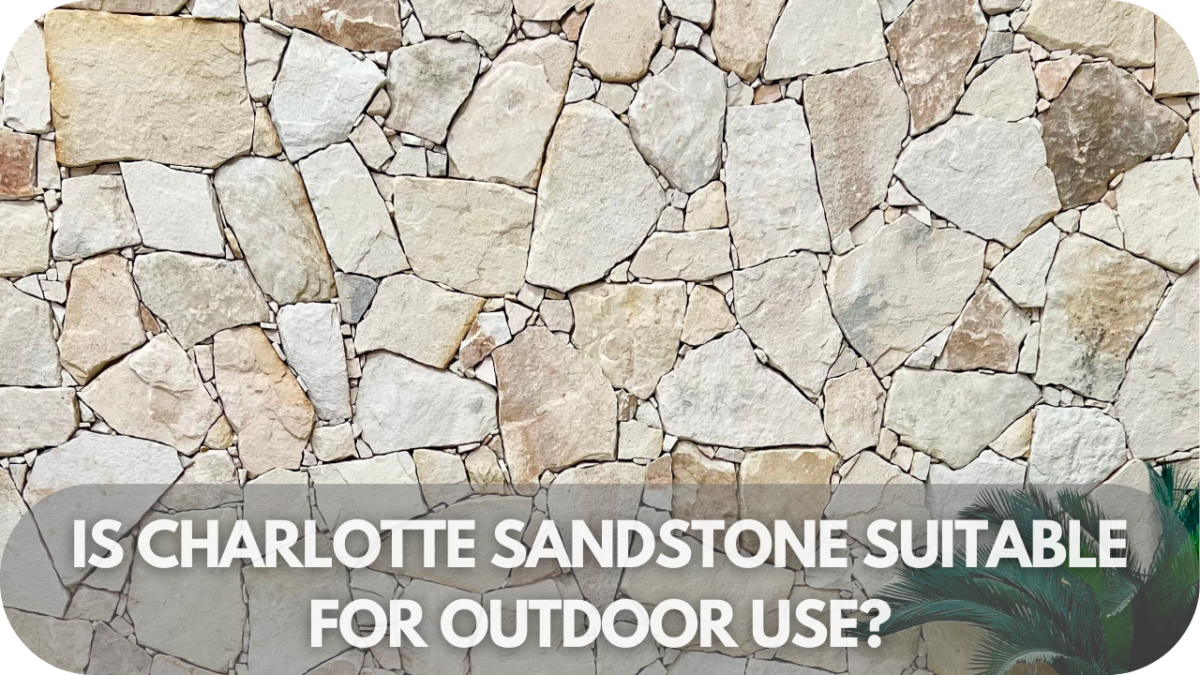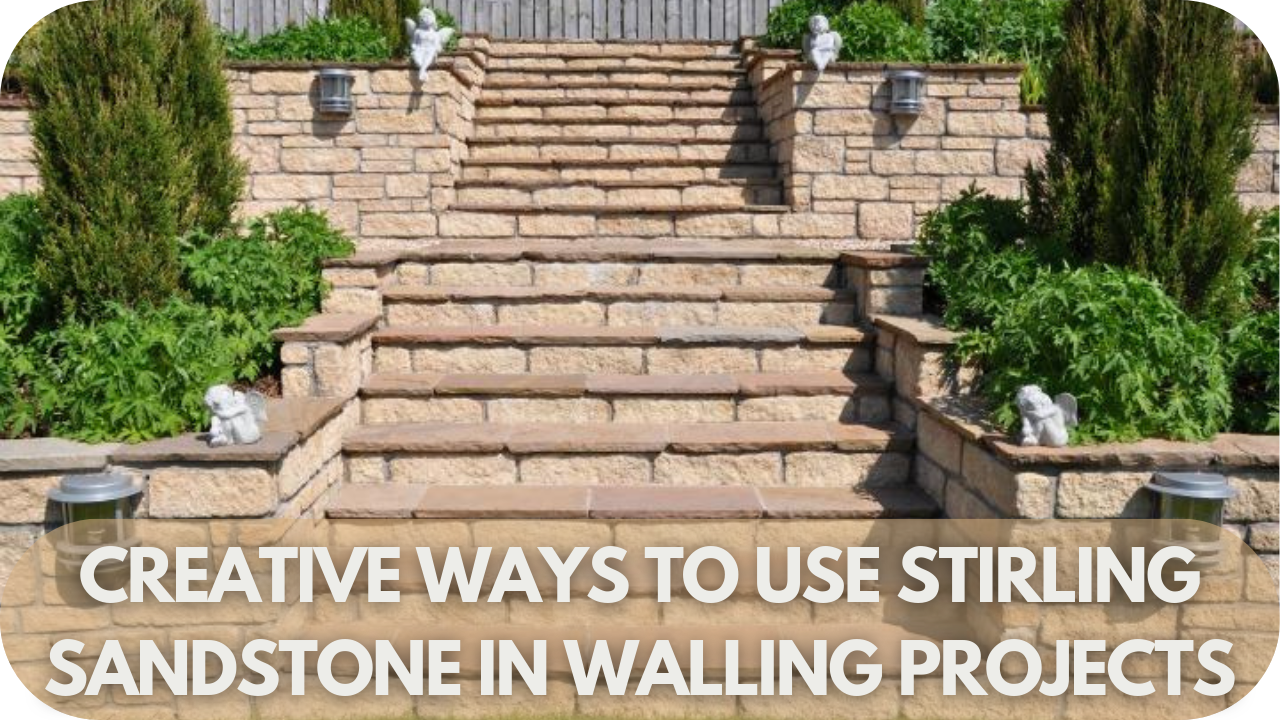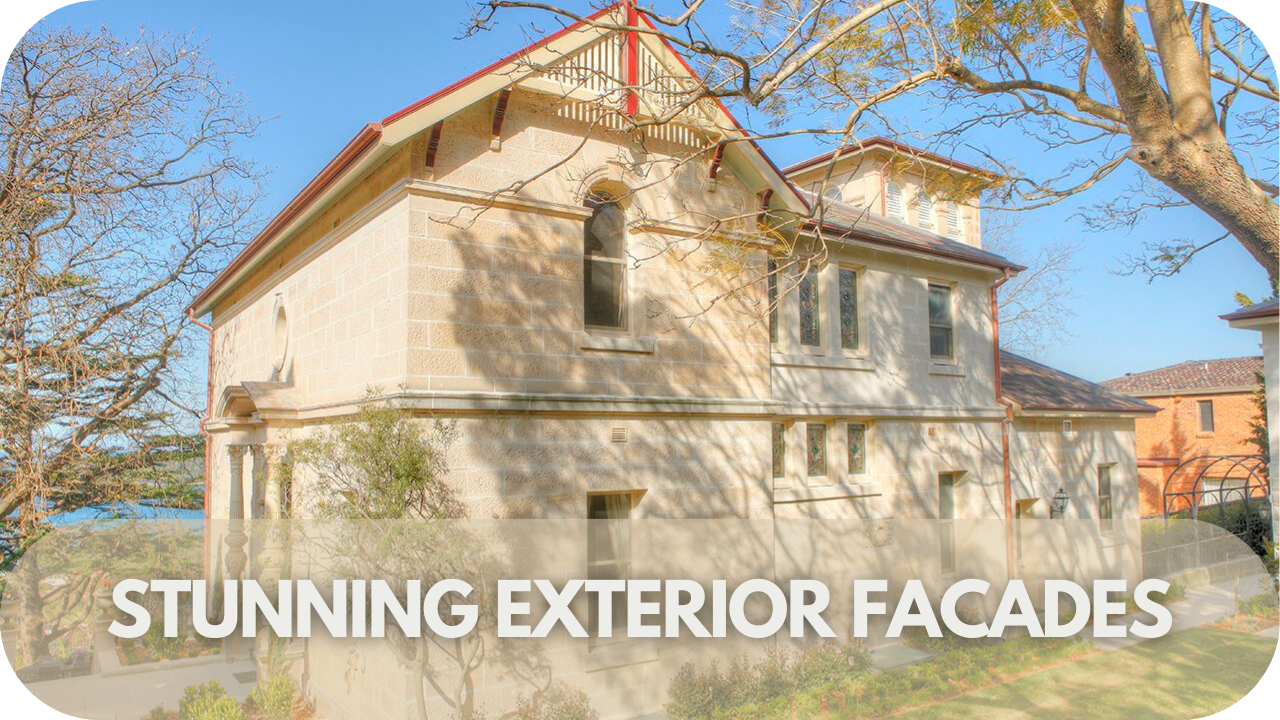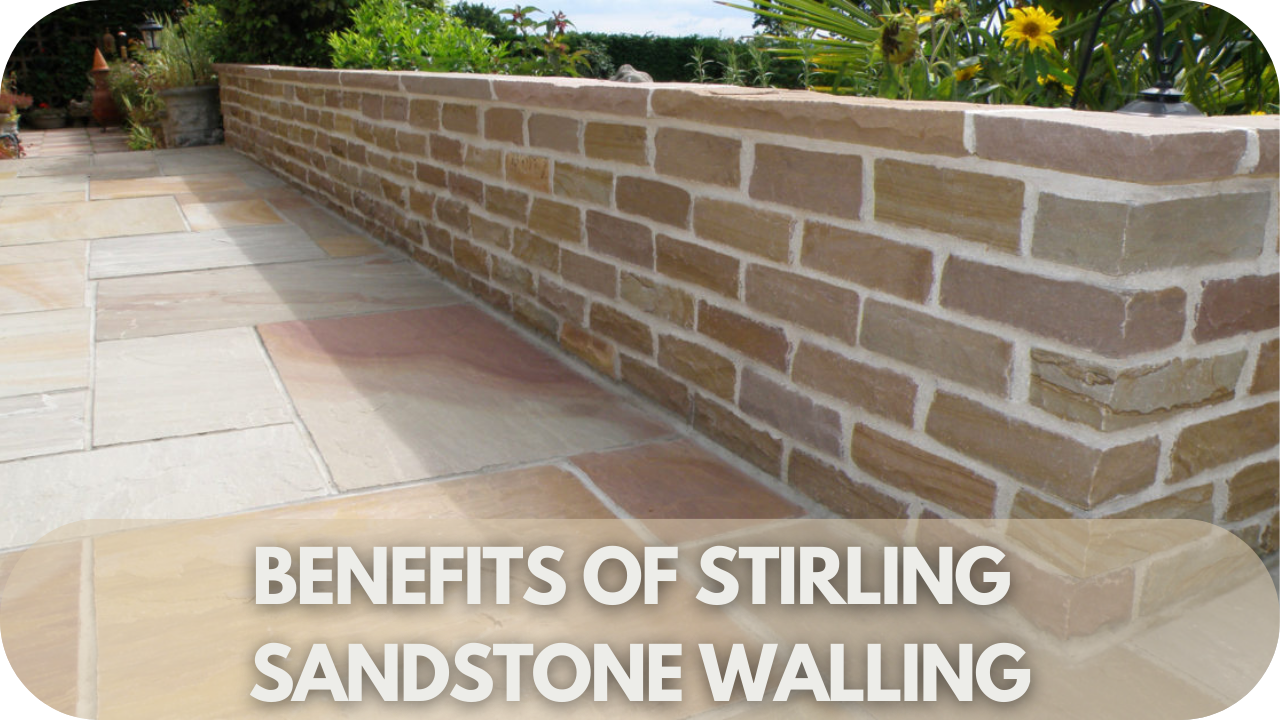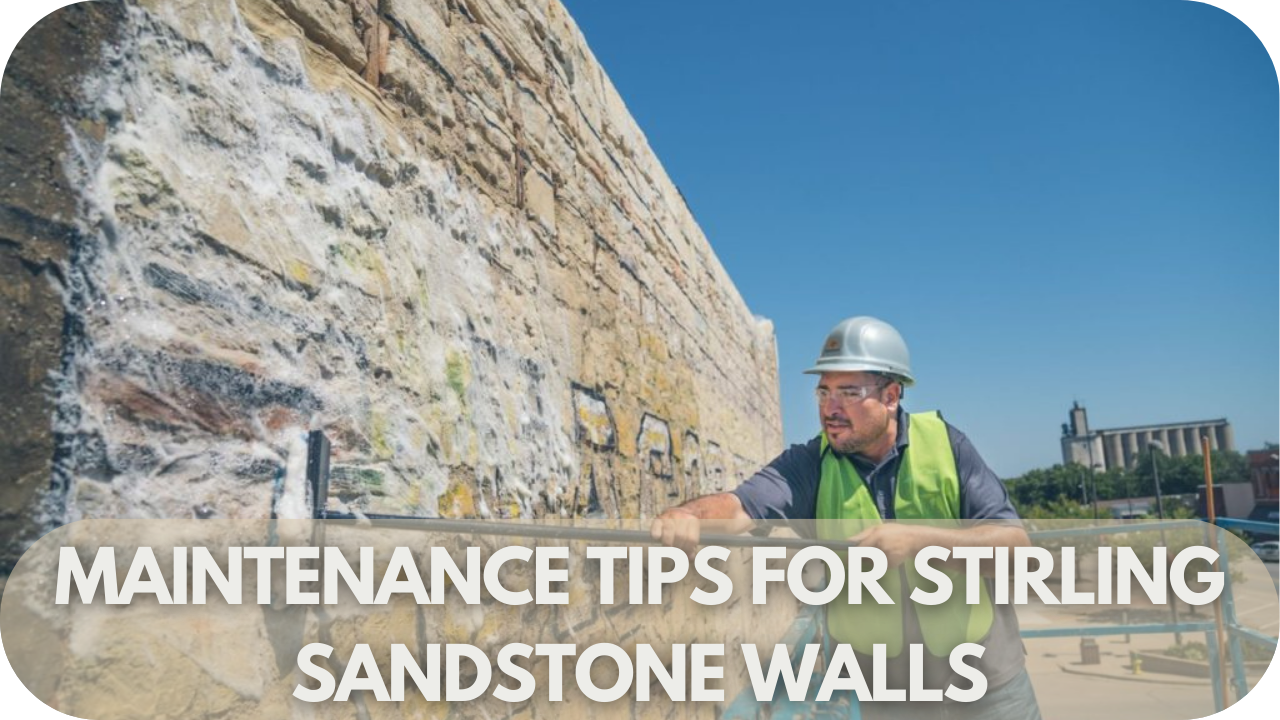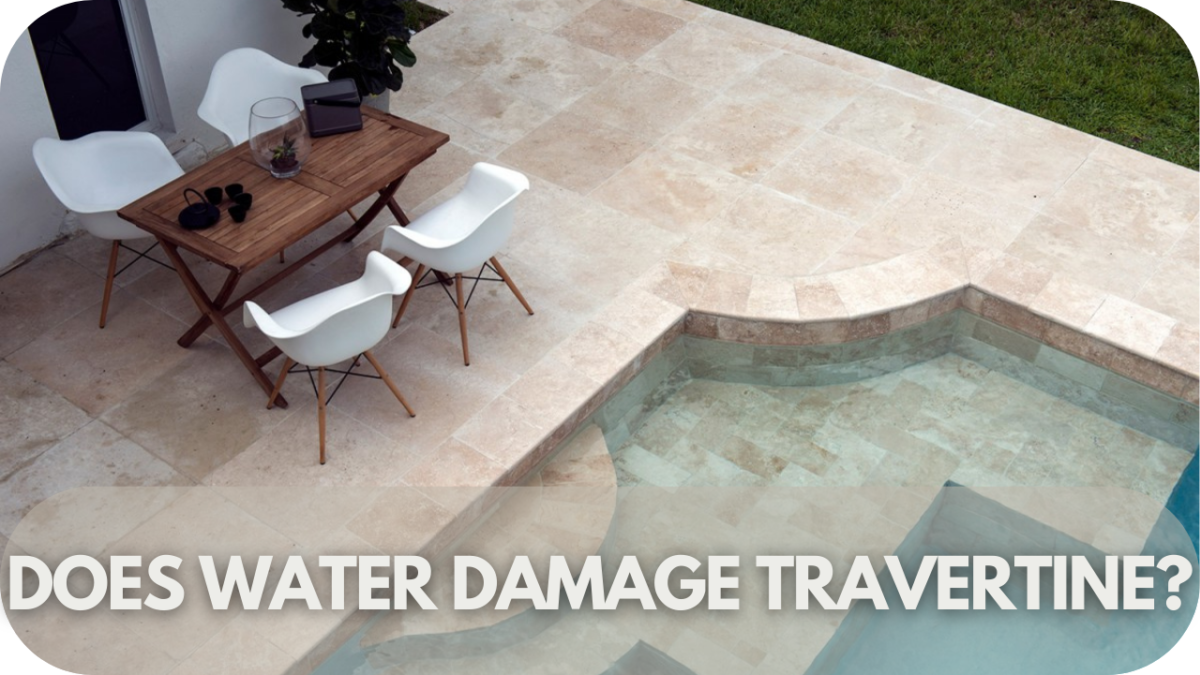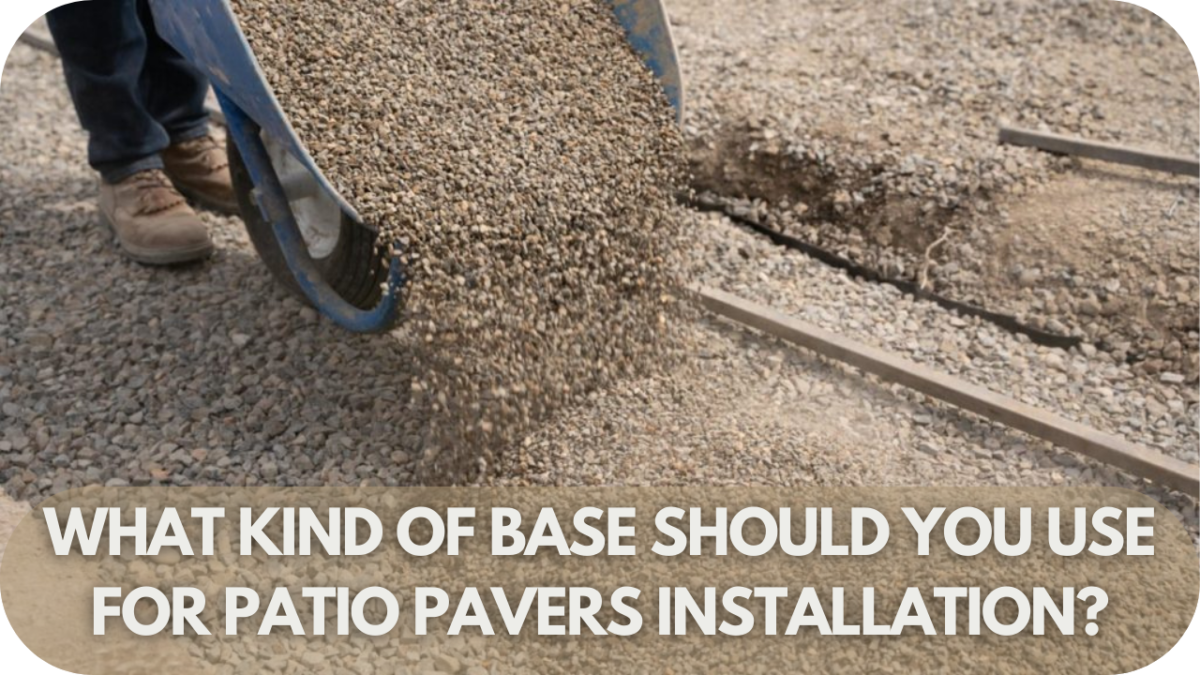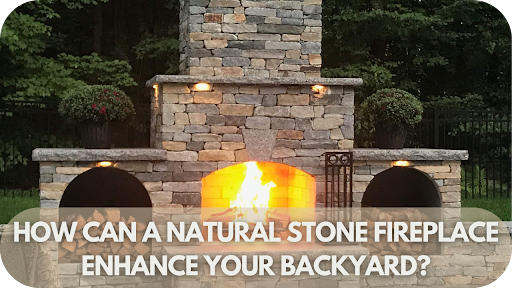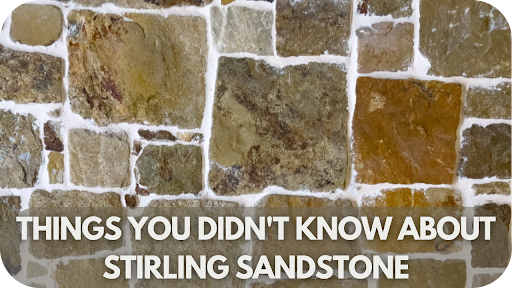The Ultimate Guide to Stone Cladding
Stone cladding is more than just an aesthetic choice—it’s an investment that enhances the appeal, protection, and longevity of your property.
Whether you’re renovating your home or constructing a new building, understanding stone cladding’s potential can transform your project.
Ready to dive into the world of stone cladding and see why it’s the perfect solution for both beauty and durability? Let’s begin!
Types of Stone Cladding Materials
Stone cladding materials come in two primary categories: natural and engineered.
1. Natural Stone Cladding
Natural stone cladding offers a blend of durability, elegance, and timeless appeal. Whether you’re aiming for a modern look or a classic touch, each stone type brings unique benefits to your space:
- Granite: Known for its toughness and sleek appearance, granite is perfect for both interior and exterior use.
- Limestone: Offers a classic look and is often used for creating a warm, earthy feel.
- Slate: Durable and naturally textured, slate works well for both modern and rustic styles.
- Marble: Luxurious and timeless, marble cladding adds elegance and sophistication.
2. Engineered Stone Cladding

Engineered stone cladding provides an excellent alternative to natural stone, offering consistent appearance and durability at a more affordable price. Materials like quartz and concrete-based cladding are specifically designed to mimic the look of natural stone while offering enhanced resilience.
These cladding options are low-maintenance, resistant to stains and scratches, and can withstand harsh environmental conditions. With their cost-effectiveness and ability to maintain a sleek, modern aesthetic, engineered stones are increasingly becoming a popular choice for both residential and commercial projects.
Benefits of Stone Cladding
Stone cladding isn’t just about aesthetics—it also provides several functional advantages that enhance both the appearance and performance of your property:
- Aesthetic Appeal: Stone cladding can transform any building, adding texture, colour, and a natural look that complements any architectural style.
- Durability and Protection: Stone is weather-resistant and can withstand harsh environmental conditions. It acts as a protective barrier against moisture, pollutants, and temperature fluctuations.
- Energy Efficiency: The insulating properties of stone help maintain indoor temperatures, reducing energy consumption and keeping homes cooler in summer and warmer in winter.
- Low Maintenance: Once installed, stone cladding requires minimal maintenance. It’s resistant to decay, rot, and pests, making it a long-term investment.
- Increased Property Value: The addition of stone cladding can significantly enhance your property’s curb appeal, increasing its overall market value and attractiveness to potential buyers.
- Sound Insulation: Stone cladding has excellent soundproofing qualities, helping to reduce noise pollution and creating a more peaceful indoor environment.
How to Choose the Right Stone Cladding for Your Project
Selecting the perfect stone cladding material is essential for achieving the right look and performance for your space. To make an informed choice, you must align your selection with your design goals, budget, and environmental factors.
Here’s what to keep in mind when choosing the ideal cladding for your project:
1. Consider Your Budget
When selecting stone cladding, budget plays a crucial role in your decision. Natural stones like marble and granite are known for their durability and stunning aesthetic appeal but often come at a higher price point.
If you’re looking for a more affordable option without compromising on quality, engineered stones such as quartz can offer a more cost-effective solution. They mimic the appearance of natural stone while providing the same benefits in terms of durability and appearance, making them ideal for those seeking both value and style. Always consider the long-term benefits of your investment when evaluating costs.
2. Match with Your Property’s Style

Choosing the right stone should always complement your property’s overall architecture. For traditional homes, limestone is an excellent choice, offering a timeless, classic look that fits seamlessly with rustic and heritage designs.
On the other hand, modern properties often benefit from the sleek, clean lines of granite or slate, which add a contemporary touch. Selecting a stone that enhances your property’s style will elevate the overall aesthetic, ensuring the cladding integrates perfectly with your design vision. Remember, the right stone enhances the architecture, giving it both character and cohesion.
3. Climate Considerations
Consider the climate of your location when selecting stone cladding. For properties in areas with extreme weather conditions, such as heavy rain, frost, or intense sunlight, you’ll need durable stones that can withstand these elements.
Granite is a particularly resilient option, with its ability to resist moisture and temperature fluctuations.
Engineered stones also offer superior protection against weather, making them ideal for areas subject to extreme conditions. By selecting a stone that is suited to your environment, you’ll ensure the longevity and durability of your cladding, helping it stand up to wear and tear over time.
4. Maintenance Requirements
Stone cladding materials vary in their maintenance needs. If you prefer a low-maintenance option, consider slate or engineered stones. Both require minimal upkeep and are less prone to staining or damage compared to natural stones.
Engineered stones, in particular, are designed to resist scratches and stains, making them a great choice for busy areas.
Natural stones like marble may require more regular care, such as resealing to maintain their finish. Consider the level of upkeep you’re comfortable with to ensure your cladding remains in top condition without the need for frequent attention.
Stone Cladding Installation: A Step-by-Step Overview

While installing stone cladding may seem like a daunting task, it can be a smooth and rewarding process with proper preparation and the right tools. Follow these essential steps to ensure your cladding is installed efficiently and effectively.
Step 1: Prepare the Surface
Before you begin, prepare the surface properly. The wall or surface to be cladded must be clean, dry, and structurally sound. Clear away any debris, dust, or old materials to ensure a smooth foundation for the cladding.
It’s also important to check for any underlying damage or areas that need repairs before proceeding. A strong, stable surface is crucial for the adhesive to bond properly and for the stones to stay secure long-term. If there are any issues with the wall’s integrity, addressing them at this stage will prevent future complications.
Step 2: Install a Moisture Barrier
To protect your cladding and underlying walls from water damage, it’s essential to install a moisture barrier. This step is particularly important for exterior applications or areas prone to high humidity, such as bathrooms.
The moisture barrier acts as an additional layer of protection, preventing moisture from seeping through the stone and causing damage over time. Apply the moisture barrier evenly across the wall before you begin installing the cladding, ensuring full coverage and proper adhesion.
Step 3: Apply the Adhesive

Next, apply the adhesive that is specifically designed for stone cladding. Use a high-quality adhesive to ensure a strong bond between the stone and the wall. Start by applying the adhesive to the wall from the bottom, working your way up to ensure even coverage.
Use a trowel to spread the adhesive evenly, and take care not to apply too much at once—just enough to cover the area you plan to work on. This will help the stones adhere more securely and prevent the adhesive from seeping out around the edges.
Step 4: Position the Stones
Once the adhesive is in place, it’s time to position the stones. Begin placing each stone on the wall, pressing it firmly into the adhesive. Make sure the stones fit snugly against one another, leaving a consistent gap for grouting later.
For a seamless, straight look, use a level to ensure the stones are aligned properly and maintain a consistent line across the wall. This is a crucial step to ensure your stone cladding looks clean and professionally installed.
Step 5: Grouting
Once the stones are securely in place, it’s time to apply grout between the joints. This step not only enhances the appearance but also helps secure the stones further. Use a grout float to spread the grout evenly into the gaps, ensuring there are no air pockets or gaps left behind.
Wipe away excess grout promptly using a damp cloth, as it can be difficult to remove once it has set. Allow the grout to dry completely before proceeding to the next step to ensure a firm and lasting finish.
Step 6: Finishing Touches

The final step is to apply a sealant to the surface to protect the stone from moisture, stains, and environmental wear. A stone sealant will help maintain the aesthetic appeal of your cladding while providing additional durability. This step is especially important for exterior cladding or areas exposed to heavy use.
Once sealed, allow the surface to dry and cure for the recommended time before use. With these finishing touches, your stone cladding installation will not only be secure but also long-lasting and beautiful.
Maintenance Tips for Stone Cladding
While stone cladding is generally low-maintenance, proper care ensures it remains in top condition for years to come. Here are some essential tips for maintaining your stone cladding:
- Regular Cleaning: Use a soft brush or cloth to remove dirt and dust from the surface. Avoid harsh chemicals that can damage the stone.
- Inspect for Damage: Check periodically for cracks, chips, or loose stones. Repair any damage immediately to prevent water infiltration.
- Seal the Surface: Depending on the type of stone, you may need to reseal it every few years to maintain its appearance and protective qualities.
- Stain Removal: For stubborn stains, use a stone-safe cleaner or consult a professional stone care expert to ensure you don’t damage the finish.
- Address Water Damage Immediately: If you notice water pooling around the cladding or signs of water damage, address it immediately to prevent further issues. Install proper drainage if needed.
- Avoid Impact Damage: Be cautious around areas with cladding to avoid accidental bumps or knocks that could cause chips or cracks.
Conclusion
Stone cladding is more than just a beautiful way to enhance your property—it’s a durable, low-maintenance solution that offers lasting value.
Whether you’re updating your home’s exterior or creating a luxurious interior feature, the right stone can make a dramatic difference.
Ready to transform your space with the timeless elegance of stone cladding? Start planning your next project today!

